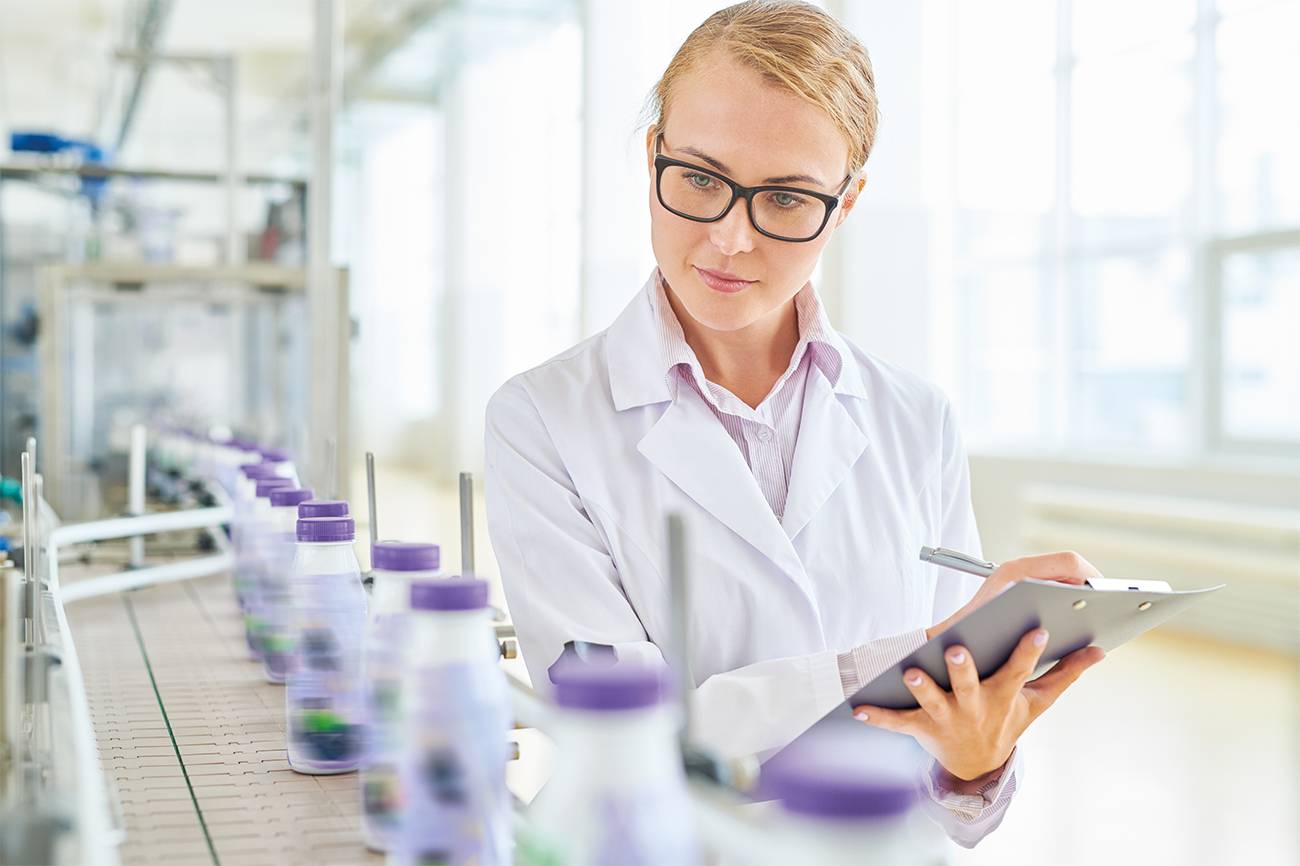Contamination is literally a dirty word when it comes to food production, so in this guide we’ll show you how you can always comply with the three HACCP pillars of food safety while also protecting your employees.

Food safety:
Put simply, this means producing food (solid and liquid) that is safe to eat. There are few industries where the purity of the end product is so critical, which is why regulations to protect consumers from contaminated food are so strict.
The HACCP concept:
Standing for hazard analysis and critical control points), HACCP is designed to ensure the safety of food through strict controls and a structured management system.
It does this by putting in place checks for biological, chemical and physical risks at various points in the food production cycle, meaning that basically, you should be checking every time there is the chance for contamination.
It starts with the purchase and processing of the raw materials, continues through the production stage and the distribution and ends at the point where the consumer actually consumes the food.
To break it down more, these are the steps included in the HACCP concept process which you need to be following:
1. Hazard Analysis: This means analysing and recording what hazards the food has faced during the manufacturing process as well as the packaging and shipping.
2. Identifying Critical Control Points (CCPs): These are the points in the manufacturing process when the food is at the highest risk of contamination through external factors like employees or polluted air.
3. Defining critical limit values: Having worked out the dangers, it’s also possible to define safe limits. These are usually set by authorities and offer very little wriggle room for manufacturers.
4. Set up surveillance measures: Of course, you can have done the best analysis in the world of contamination risks, but it will mean nothing if you don’t have the procedures in place to monitor for possible contamination.
5. Determine corrective actions: When things go wrong, you need a plan B and this can’t be something you make up on the fly, but needs to be in place ready to be actioned as soon as it’s needed.
6. Embed verification measures: When you’ve come up with verification measures to ensure contamination isn’t happening, you need to embed them into your production process, which needs to be done with no room for errors.
7. Documenting the measures taken: Documentation has an important role to play here too. If something goes wrong, you need to be able to trace the production process back to pinpoint exactly when it happened, who was involved and what happened next. This will help you to intervene and avoid future cases.
There are three pillars of food safety that are essential when it comes to ensuring a minimum level of hygiene in the production process:
1. Hygiene in the production area
2. Staff training
3. Careful documentation
Here’s the role each of them play…
1. Hygiene in the production area
Having a clean working environment makes it much less likely that contaminants will be around to get into the food. There’s lots of practical considerations here to ensure the right levels of hygiene, for example having machines that are accessible from every side so that they can be cleared regularly and thoroughly.
Another factor is waste management, including have areas where waste cannot be stored at any time, to ensure that pests are kept away and lowering the risk of contamination in those key areas.
Clean water is also crucial so that employees can wash their hands and keep surfaces clean. Another significant factor is storing food at the appropriate temperatures and using ‘first in, first out’ principles to ensure that only fresh food is kept.
2. Staff training
Extensive training is essential for ensuring maximum hygiene, and this should include:
3. Careful documentation
It’s always better to be safe than sorry, especially when it comes to food hygiene. This means that you need to have all the right documentation, especially when the authorities come to audit your processes. And these need to be live documents, being reviewed and updated constantly to ensure they’re practical and are being followed at every point from storage to manufacturing to shipping.
With all of that to think about, wouldn’t it be annoying if you followed all of that advice but were let down by poor air quality in your workplace?
No serious food hygiene process can be successful if the quality of the air isn’t taken into account. After all, air is how dust particles, gases, germs and viruses travel and they’re all things you need to keep away from the production of food.
And the best way to do that is with professional air purification systems from Zehnder Clean Air Solutions, delivering maximum clean air for maximum hygiene.
To complete your subscription to our newsletter, simply click on the link in your inbox. If you don't receive anything, check your spam folder to be sure.